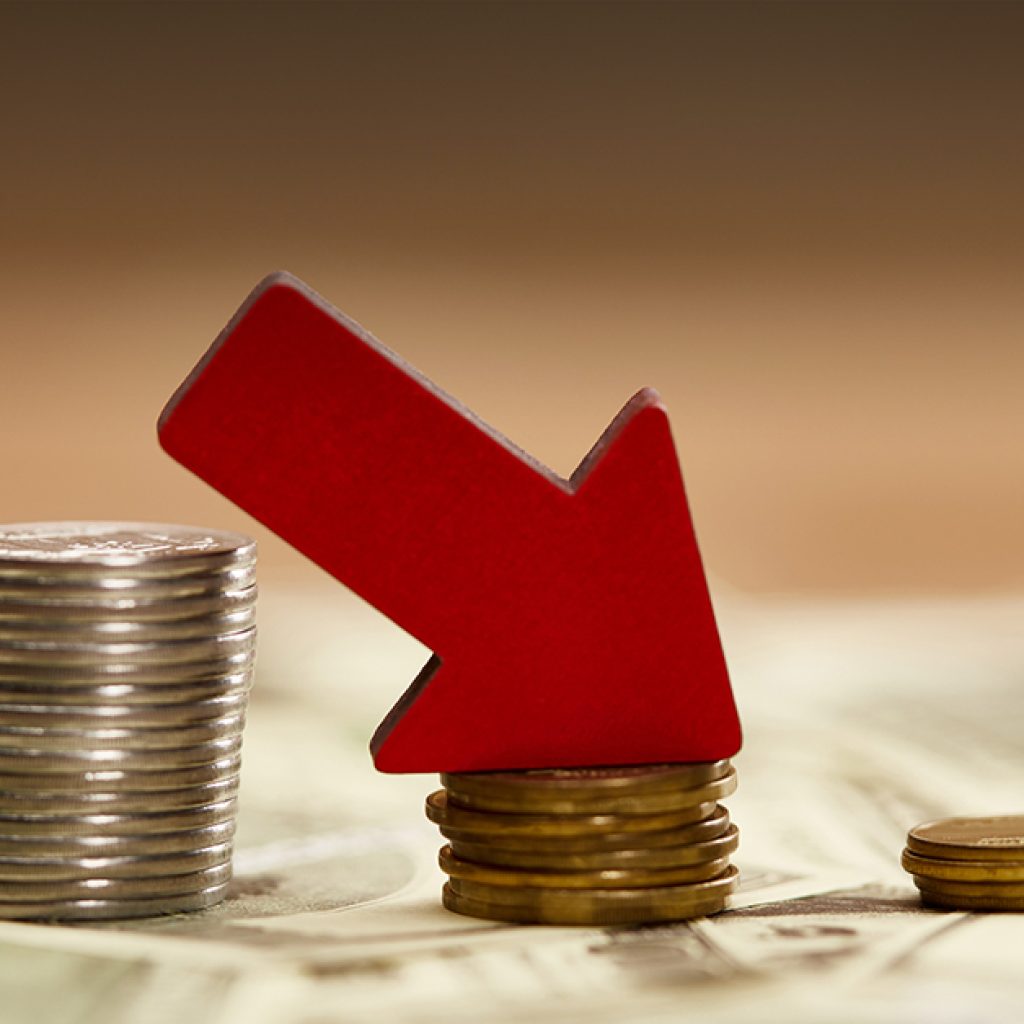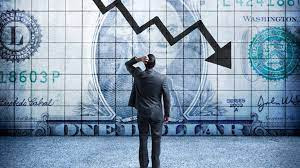The preferred inflation indicator of the Federal Reserve slowed down even more in December. Along with a decline in consumer spending, signaling a weakened economy because of the Fed’s interest rate hike. Prices rose by 5% YoY in December, down from 5.5% in November and the third month in a row, according to the US Department of Commerce. After being revised to reflect a 0.1% decline from October to November, consumer spending saw a 0.2% decline from November to December.

These numbers indicate that the Federal Reserve’s attempts to cool the economy by raising lending rates are succeeding. But the annual decline in inflation is consistent with the Fed’s forecast. It is not likely to have an impact on its decision to raise the key rate by a quarter point next week. Although core prices—those that do not include food and energy—rose by 4.4% YoY and 0.3% MoM, some commodities—like eggs and car rentals—remain subject to significant price increases.
According to Oren Klachkin, head economist at Oxford Economics, the US economy is exhibiting signs of weakness, with consumer spending – which accounts for 70% of economic activity – faltering. To control spending and rising prices, the Federal Reserve has been increasing its benchmark rate for the past two years. It is currently in the range of 4.25% to 4.5%. According to experts, this year will see a moderate recession because of the harsh measures. This is currently refuted by the low unemployment rate and job growth in US businesses. If job losses result in higher unemployment. The non-profit National Bureau of Economic Research, which declares recessions, might do so, but this is not the case now.
Also Read: Inditex, The Parent Company Of Zara, Announces Commitment To Hiring More People With Disabilities
Jerome Powell, the chairman of the Fed, intends to keep raising and maintaining the benchmark rate, but this may not be feasible if a severe recession breaks out. Improvements in the supply chain and a decline in the trade deficit propelled the economy’s 2.9% annual growth rate in the last quarter. Consumer spending fell, and business investment also decreased. If consumers do not increase their spending, profit margins will shrink, forcing them to cut costs resulting in layoffs. If consumer austerity persists, the economy is at risk of a downturn. It could also lead to deflation as businesses find it difficult to pass on cost increases.
The consumer spending trend in the US as per recent data shows a decline. Consumer spending accounts for around 70% of the US economy. The effects of inflation can lead to decreased consumer spending as companies are unable to pass on cost increases to consumers. Real PCE refers to Personal Consumption Expenditures adjusted for inflation.
















